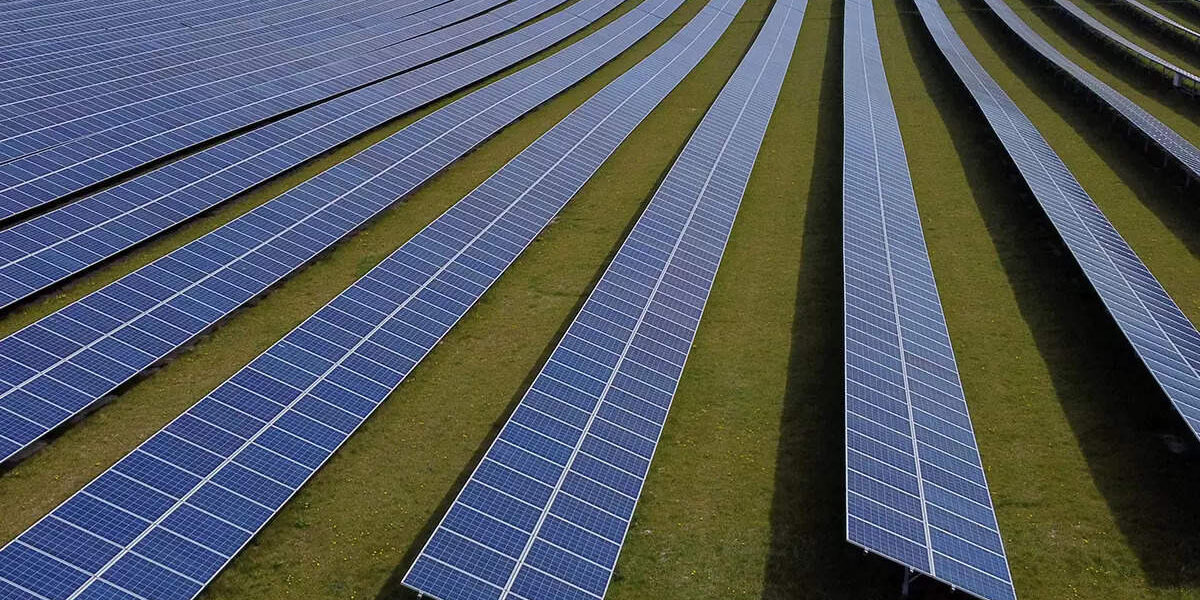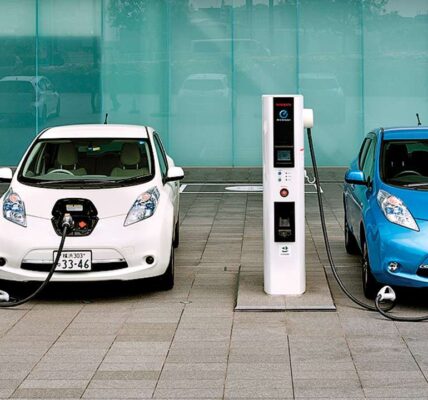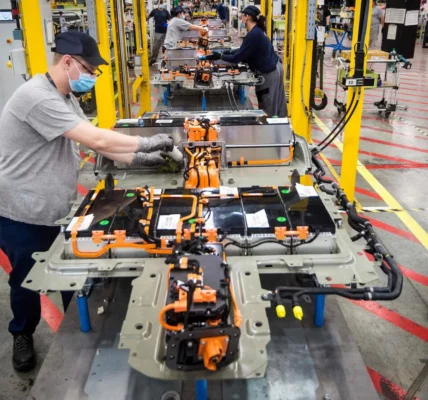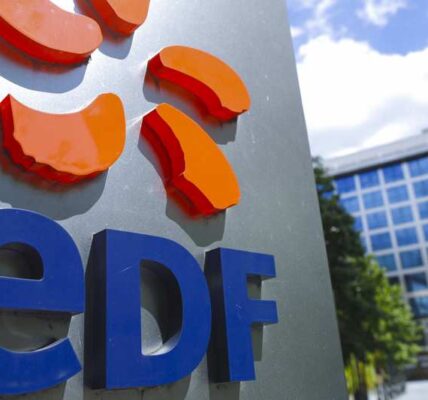The government of the National Capital Territory of Delhi has proposed to significantly increase its solar power target for 2025.
According to media reports, the government has issued a draft solar power policy that targets 6 gigawatts of solar power capacity installed by the end of 2025. With this, the government hopes to increase the share of solar power in Delhi’s total power consumption from current 9% to 25%.
To achieve this target, the government has proposed a number of incentives, making it one of the most attractive policies in the country.
One of the most attractive incentives is the generation-based incentive which will be made available to consumers setting up rooftop solar power projects. The government has proposed Rs 3 per kilowatt-hour GBI for residential consumers having rooftop solar power projects of up to 3 kilowatts, Rs 2 per kilowatt-hour for projects of 3-10 kilowatts and apartment complexes with projects of up to 500 kilowatts. Perhaps for the first time, an incentive will also be available for commercial and industrial consumers. GBI of Rs 1 per kilowatt-hour will be available to total capacity of 200 megawatts on first-come-first-serve basis.
The government also plans to exempt rooftop solar power projects from all taxes and duties, making them even more financially attractive.
A large upfront payment to set up rooftop solar power projects is often a hindrance for their large-scale adoption. The government plans to introduce a model that will allow consumers to have a rooftop solar power project without making a large upfront payment. The model will involve the local distribution company and is expected to be similar to the models practiced in more developed rooftop solar markets.
Additionally, the government is planning to introduce the concept of community solar. This will allow consumers with no access to rooftop space to invest in large solar power projects located within the city. Such initiatives have been introduced by some private companies, but it remains a very nascent market in India with consumers having little to no awareness.
The draft policy also includes peer-to-peer trading. This will allow consumers with excess solar power to trade it with other consumers in real-time. A pilot project for peer-to-peer trading was launched by BSES Rajdhani Power Limited in 2019. The pilot project was launched in partnership with Australia’s PowerLedger. A similar pilot project was also launched in the neighboring state of Uttar Pradesh.
In 2016, the Delhi government had issued a policy with target to have 2 gigawatts of solar power capacity by 2025. Delhi’s power distribution companies have made significant progress in expanding rooftop solar power capacity across the country. Yet, significant potential remains untapped with many consumers still unaware of financial benefits of rooftop solar.
The enhancement of generation based incentive, combined with up to 40% capital subsidy available from the central government, make a very strong financial case for residential consumers to set up rooftop solar power projects.
The central government has a target to have 40 gigawatts of rooftop solar power capacity. This target was initially set for end of 2022 but has now been postponed to June 2026.
Following increased clarity on rooftop solar power policy from the central government over the last two years, making states are now making it easier for residential consumers to set up rooftop solar power projects.







